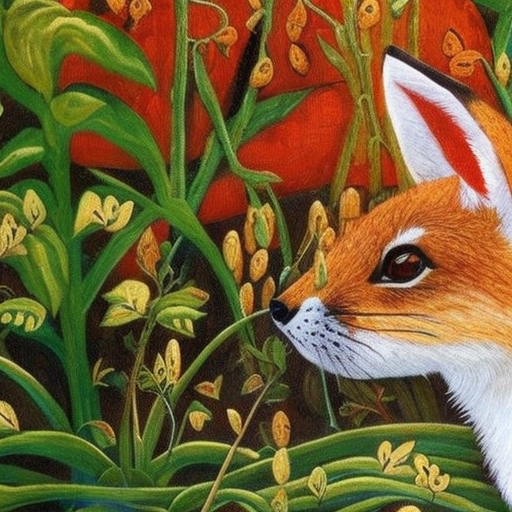Fables: A Timeless Genre of Moral Tales
Fables are a genre of literature that have been passed down through generations, captivating readers with their timeless tales and moral lessons. These short stories, often featuring anthropomorphic animals as characters, have been used as a tool to teach valuable life lessons and impart wisdom. Fables can be found in various cultures and have been adapted and retold in different forms throughout history.
The Origins of Fables
The origins of fables can be traced back to ancient civilizations, with one of the earliest known collections of fables being Aesop’s Fables. Aesop, a Greek storyteller who lived in the 6th century BCE, is credited with creating a vast collection of moral tales featuring animals as protagonists. These fables were often used to convey moral lessons and provide guidance on how to navigate the complexities of life.
The Structure and Themes of Fables
Fables typically follow a simple narrative structure, with a clear beginning, middle, and end. They often feature animals or other non-human characters that possess human-like qualities and engage in various situations and conflicts. The stories are concise and to the point, with a focus on delivering a moral lesson or teaching a specific virtue.
The themes explored in fables are diverse and cover a wide range of human experiences and values. Some common themes include the consequences of greed, the importance of honesty, the dangers of pride, and the rewards of hard work. These themes are often presented through the actions and interactions of the animal characters, allowing readers to reflect on their own behavior and choices.
The Impact of Fables on Culture
Fables have had a significant impact on culture throughout history. They have been used as a tool for education, teaching children important values and life lessons in an engaging and accessible way. Fables have also been a source of entertainment, captivating audiences with their imaginative stories and memorable characters.
In addition to their educational and entertainment value, fables have also influenced other forms of art and literature. Many fables have been adapted into plays, movies, and even operas, allowing the stories to reach a wider audience and be enjoyed in different mediums. The enduring popularity of fables is a testament to their universal appeal and the enduring relevance of their moral messages.
Notable Fables and Their Lessons
There are numerous notable fables that have stood the test of time and continue to be cherished by readers of all ages. Here are a few examples:
- The Tortoise and the Hare: This fable teaches the importance of perseverance and not underestimating one’s opponents. It tells the story of a slow-moving tortoise who wins a race against a boastful and overconfident hare.
- The Boy Who Cried Wolf: This fable warns against the consequences of lying and the loss of trust. It follows a young shepherd boy who repeatedly cries wolf to get attention, but when a real wolf appears, no one believes him.
- The Ant and the Grasshopper: This fable emphasizes the value of hard work and preparation. It contrasts the diligent ant, who spends the summer gathering food for the winter, with the carefree grasshopper, who enjoys the present moment without considering the future.
These fables, along with many others, continue to resonate with readers and provide valuable insights into human nature and the complexities of life.
In Conclusion
Fables are a timeless genre of literature that have captivated readers for centuries. Through their imaginative stories and moral lessons, fables have served as a valuable tool for education, entertainment, and cultural enrichment. The enduring popularity of fables is a testament to their ability to convey timeless wisdom and universal truths.












